Explore Australia's North East Coast in a one-way campervan rental. This itinerary follows the coastline between the two major Queensland cities of Brisbane and Cairns and covers a distance of over 1,800 km. What will thrill you the most? Spectacular white-sand beaches? Outstanding mountain scenery? Unique Australian wildlife? In tropical Far North Queensland, the rainforest meets the Reef, so get ready for an epic road trip across one of the most beautiful coastlines in Australia.
There are a few things to consider when driving a campervan or motorhome from Brisbane to Cairns. The first is the distance - it is a long way, so plan your journey carefully. The second is the weather - it can be sweltering and humid in this part of Australia, so make sure you have enough water and food with you. Finally, the roads can be hectic - ensure you are familiar with your vehicle and the route and then take your time, especially in wet weather. Rain can even make sealed roads untravelable in the northern wet season.
On this road trip, you can surf at Noosa, go diving with sharks, watch as turtle hatchlings emerge from their eggs at night, and go whale watching. Or, back on dry land, take your pick from Steve Irwin's Australia Zoo, the world's largest living coral reef aquarium, check out the Beef Capital of Australia, or buy yourself a tray of fresh local mangoes at Australia’s “mango capital”.
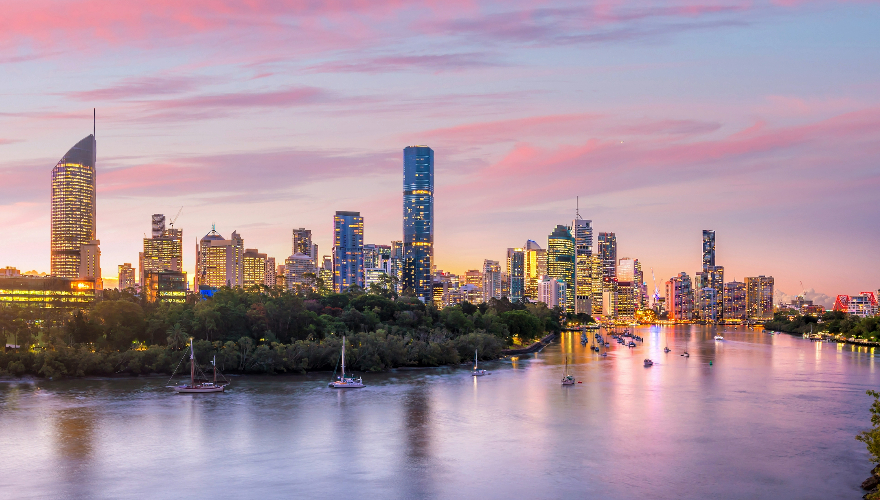
Compare campervan rentals in Brisbane with Camper Champ's user-friendly platform. You can also pick up a rental motorhome in Cairns for a one-way rental in the other direction.

The Sunshine Coast is a beautiful stretch of coastline in southern Queensland. It's known for its long golden sand beaches, surf spots and lush rainforest hinterland. Popular tourist attractions include the Australia Zoo (made famous by Steve Irwin), Sea Life Sunshine Coast aquarium and the Sunshine Coast hinterland. One of the quaint little villages in the hinterland is Maleny, known for its views, boutique shops and art galleries, and scenic surroundings. There are also many beautiful national parks, walks to explore, and the region's famous food and wine. The Sunshine Coast's economy is primarily driven by tourism, so you’ll be well-catered for.
Australia Zoo is a world-famous wildlife park situated on Steve Irwin Way, in the hinterland of the Sunshine Coast, not far away. The zoo was founded by Steve Irwin's parents in 1970, and was initially known as the Beerwah Reptile Park. The park is home to over 1,000 animals, many of which are native to Australia. Australia Zoo is also home to the Crocoseum, a large amphitheatre where crocodile shows and other animal demonstrations are held daily.
The Big Pineapple is a large fruit-themed attraction that includes a 16-metre tall pineapple sculpture, a pineapple plantation, a train ride, a wildlife park, a butterfly house and a zoo (yes, another zoo!). The Big Pineapple is one of the Sunshine Coast's most popular tourist attractions (it gets 200,000+ visitors every year!), it’s the only heritage-listed tourism facility on the Sunshine Coast, rated “must-see”.
The Ginger Factory is a tourist attraction located in Yandina, on the Sunshine Coast. The attraction is home to the world's largest Gingerbread Man and a working ginger factory where visitors can see how ginger is processed and packaged. The Ginger Factory also has several other ginger-themed attractions, including a gingerbread house, a gingerbread man museum and a range of ginger-flavoured products.
SEA LIFE Sunshine Coast is an underwater world located in the town of Mooloolaba, on the Sunshine Coast. The attraction is home to a range of marine life, including sharks, stingrays, turtles and many other fish species. SEA LIFE Sunshine Coast also has some interactive exhibits, such as the Shark Dive Xtreme, where visitors can dive with sharks in a safe enclosure.
The Glasshouse Mountains are a group of 11 volcanic cones formed over 25 million years ago and are now protected as a national park. The park is home to a variety of wildlife where visitors can enjoy hiking along the rainforest’s trails, camping, bird watching, and picnicking, or go visit the summit of Mount Tibrogargan.
Noosa is a world-renowned surfing destination, and the main beach at Noosa Heads is a great place to start. The waves here are perfect for beginners and intermediate surfers, and plenty of surf schools and lessons are available if you need them. The beach is also great for swimming, sunbathing, and simply relaxing.
Aside from the main beach at Noosa Heads, there are plenty of other great beaches to explore. For something a little different, try Tea Tree Bay or Granite Bay. Another fun thing is to take a stand-up paddleboard or kayak out onto the Noosa River. The river is calm and scenic, and you can paddle to Lake Cooroibah. Alternatively, take a cruise on the river for a different perspective.
Hiking and biking are popular activities in Noosa, and there are plenty of trails to explore. For an easy walk, head to the Noosa National Park and take the Coastal Track. This track takes you through rainforests, along cliffs and beaches, and past lookouts with stunning views. If you’re feeling more adventurous, try one of the longer hiking trails in the national park.
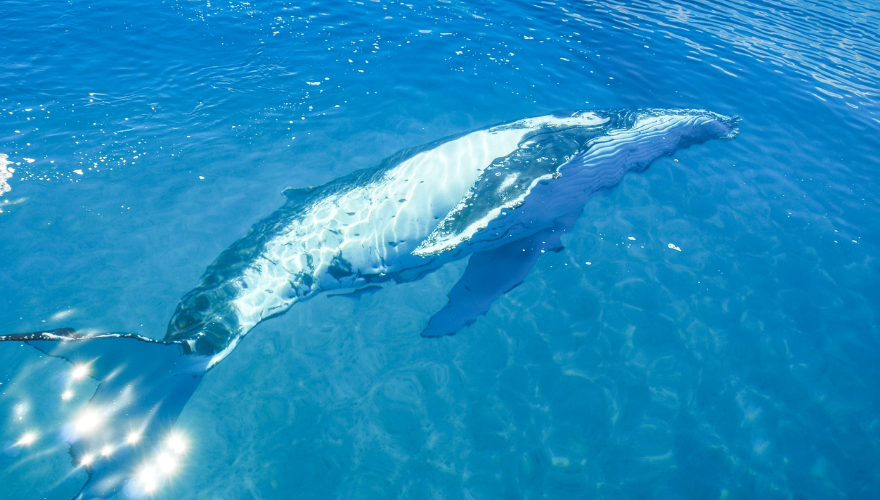
Don’t ask why, but it’s pronounced Harvey Bay, and it’s a coastal paradise. Yes, another one in Queensland! It’s known for its relaxed lifestyle, natural beauty and beautiful beaches. Popular attractions include the Hervey Bay Botanic Gardens, Fraser Island, and the Urangan Pier (for fishing and stunning views of the Bay).
The Hervey Bay Botanic Gardens are home to various native plants and flowers and are a great place to relax and enjoy scenic views.
When they ask you for two words to describe Fraser Island, you’ll probably say “unspoiled beauty”. It’s the largest sand island in the world, and the sand is white. Yes, white, and the island’s waters are clear blue. No wonder it’s World Heritage-listed. Great for camping, hiking, and swimming (there’s a 75-mile long beach), and is home to a variety of wildlife, including the dingo found nowhere else in the world. Surprisingly this beach island also contains rainforest. Oh yes, plus a shipwreck, the SS Maheno.
Whale watching! You can see some of the world’s most majestic creatures up close by boat, on a whale-watching cruise, or from the air. When? From June to November, humpback whales swim north from Antarctica to the warmer waters of Hervey Bay to breed and give birth. This makes it one of the longest whale-watching seasons in the world.
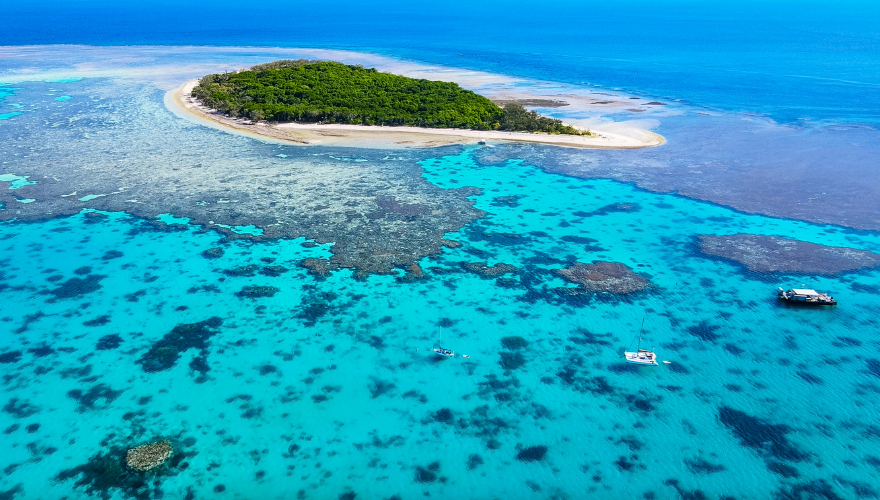
Ask any Aussie what Bundaberg is famous for, and odds are they will tell you—rum! But as well as the famous Bundaberg Rum Distillery, this town of 100,000 also offers you the Bundaberg Zoo, and the Bundaberg Botanic Gardens. Plus glorious beaches and fantastic weather.
Bundaberg Botanic Gardens: As well as the flora, you can see kangaroos, wallabies, and koalas, plus walking and cycling trails and picnic and barbecue areas.
Want to see the turtles hatching? Deepwater National Park is where you might see hatchling turtles emerging from their eggs at night between January and April.
Lady Musgrave Island. Yes, it’s an island, so you can't get there by campervan. But if you’re craving a day of reef snorkelling and diving, park your wheels at 1770 (yes, there’s a coastal town called 1770) and get the boat out to the island. Through crystal clear water, you could see dolphins, turtles, manta rays & humpback whales.

Known as the "Beef Capital of Australia", Rockhampton is the fourth largest city in Queensland, home to 80,000 residents, with a large number of cattle stations and beef processing plants in the area. The Rockhampton Livestock Exchange is one of the largest livestock sale yards in the country.
The Japanese Garden, on the banks of the Fitzroy River, is a beautiful and serene spot popular with Rockhampton visitors and locals alike. There’s a traditional tea house (where you can participate in a traditional tea ceremony), a koi pond, a bridge and a lovely peaceful vibe.
Rockhampton Heritage Village is a history museum that recreates life in a small Queensland town in the late 1800s and early 1900s. The Village has over 30 buildings, including a school, church, post office, store, and blacksmith's shop. So step back in time and experience what life was like in the early days!
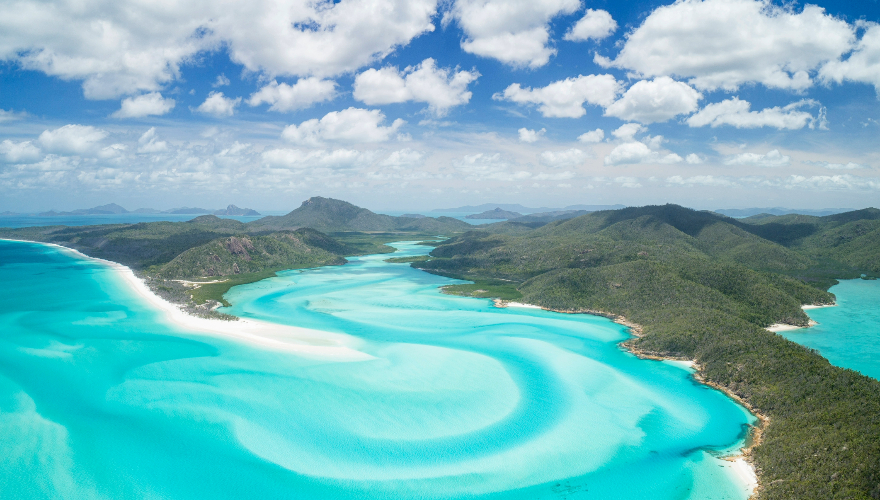
Airlie Beach is a gateway to the Whitsunday Islands (74 of them!) in the heart of the Great Barrier Reef. This sleepy seaside town is a party destination for young backpackers and tourists. Cruise ships regularly dock at the Airlie Beach Cruise Terminal and disgorge their passengers to go swimming in the man-made lagoon, snorkelling the azure waters of the Great Barrier Reef, or jetskiing along the foreshore. Oodles of bars and nightclubs and tropical weather all year!
Whitehaven Beach is a candidate for the most beautiful beach you’ve ever seen. White in colour, the pure silica sand stretches over 7 km along Whitsunday Island, the largest of the 74 islands. Unmatched beauty awaits you!
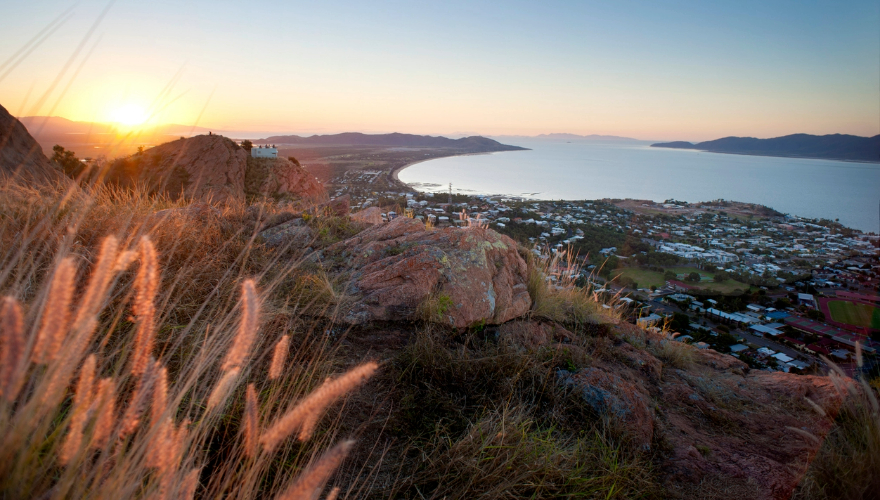
Before you reach Townsville, you’ll pass through Bowen. It’s Australia’s mango capital, so pick up a tray of fresh local mangoes and get a selfie in front of the Big Mango, 4 km south of town. Horseshoe Bay offers picturesque swimming.
Continuing north, you’ll drive through miles of sugar cane fields around the tiny town of Ayr.
Billabong Sanctuary 2 Muntalunga Drive, Nome
A wildlife park for native Australian animals where you can feed the kangaroos & wallabies, hold a koala or a baby crocodile or just enjoy one of the daily wildlife shows.
In Townsville, the ReefHQ Aquarium is the world's largest living coral reef aquarium, home to 150+ species of fish, sharks, turtles, and other marine critters. You can view the fish from an underwater tunnel or the glass-bottomed boat.
Great Barrier Reef Marine Park is centred in Townsville.
FUN FACTS:
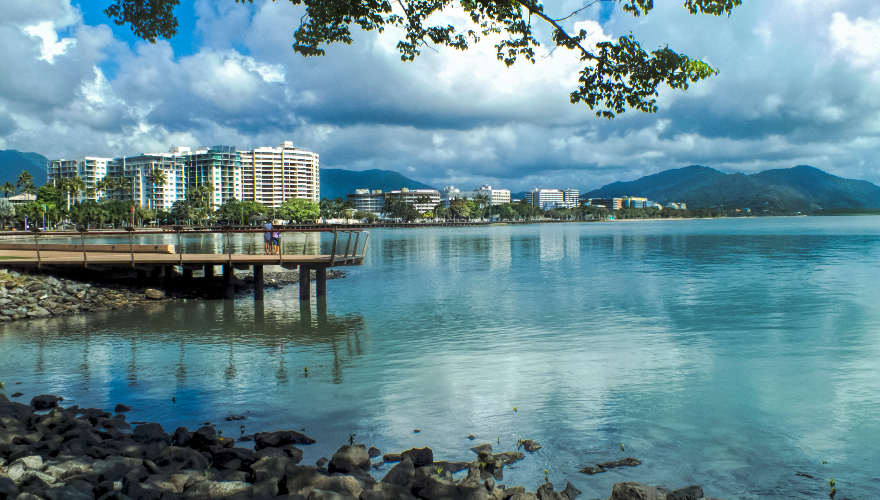
Welcome to Cairns, the only city in tropical Far North Queensland. The Great Barrier Reef isn't far away! You can explore it (the world’s largest coral reef system!) by snorkelling, diving, helicopter or glass-bottomed boat.
There are three ways to experience the rainforests that surround the city:
Skyrail Rainforest Cableway 6 Skyrail Drive, Smithfield, Cairns Enjoy a 45-minute gondola journey through the rainforest canopy.
Kuranda Scenic Railway Bunda Street, Cairns. It takes you on a historic 2-hour train journey through the rainforest but please note the carriages are not air-conditioned.
Alternatively, you can walk freely through the many rainforest walks in the area - they’re not air-conditioned either! If you’re up for another 118 km, drive further north to the Daintree Rainforest, where tropical rainforest meets the sea, and many species survive that are found nowhere else on earth. No wonder it’s a Wet Tropics World Heritage site!
